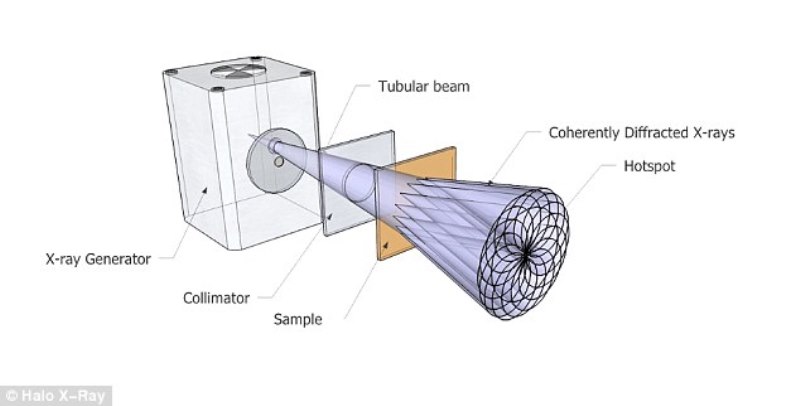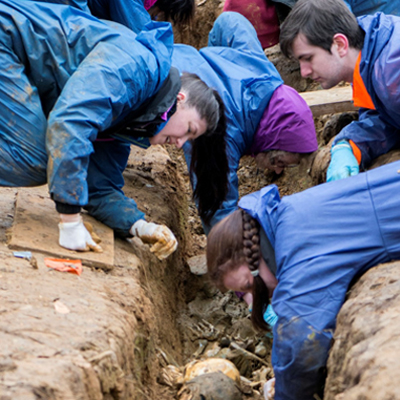A joint initiative by Cranfield and Nottingham Trent University is using X-ray signatures to identify illicit items such as drugs and explosives at airports.
Key Facts
-
Halo is a new generation X-ray security scanner that for the first time will be able to quickly and precisely identify the material of any suspicious objects.
-
It means weapons, explosives, contraband drugs and even illegal trade items such as ivory could be recognised in milliseconds.
-
The technology has a host of other potential uses as diverse as assessing issues in closed production lines and giving immediate bone density scan data.
-
The project involves Keith Rogers, Professor of Materials at Cranfield Forensic Institute; Professor Paul Evans, Head of the Imaging Science Group at Nottingham Trent University; and Dr Simon Godber, CEO of HALO X-ray Technologies.
- Funded by $4.4 million from the US Department for Homeland Security, as part of a major new contract to develop the technology for commercial use.
Impact of our research
It is hoped that the speed and accuracy of Halo’s technology could provide a major breakthrough in airport security scanning.
Keith Rogers, Professor of Materials at Cranfield Forensic Institute, says: “This is a very exciting opportunity to translate a powerful analytical tool from the laboratory to the real world. The potential gains for aviation security and passenger confidence are significant.”
Professor Paul Evans, Head of the Imaging Science Group at Nottingham Trent University, adds: “This system has the potential to revolutionise airport security scanning – for the first time, we can accurately identify materials via their molecular fingerprint.”

Why the research was commissioned
Scanners are currently able to provide an image of an object and give a broad material category, but cannot identify specific substances in this way. This can lead to numerous false alarms and a need for further investigation by hand, which slows down security checks.
The Halo team devised hollow X-ray beams to produce exceptionally intense material signatures. This technological breakthrough will provide the speed required for real-world applications.
The system will use scattered X-ray signals to identify materials via their unique signatures or chemical ‘fingerprint’, allowing them quickly and easily to be identified. Three-dimensional material specific images will also be produced to map the position of objects within luggage.
Why Cranfield?
The University has a significant track record in the area of materials characterisation. Using funding from the Engineering and Physical Sciences Research Council (EPSRC), we established a centre of excellence for X-ray diffraction to support our own researchers and those many others across the UK and internationally. This has produced dozens of PhD students, hundreds of academic papers and led to significant discoveries in areas such as archaeology, medical diagnostics, forensic science and solar materials. This focus of expertise placed us in a very strong position for the development of new diffraction-based technologies.
Facilities used
The work has been supported by the specialist diffraction laboratories and the X-ray imaging cells that form parts of the Cranfield Forensic Institute. The diffraction areas include a development laboratory specifically established to test new ideas from sources to optics. The imaging cells are radiation shielded rooms enabling very flexible use of multiple X-ray sources and detectors.

